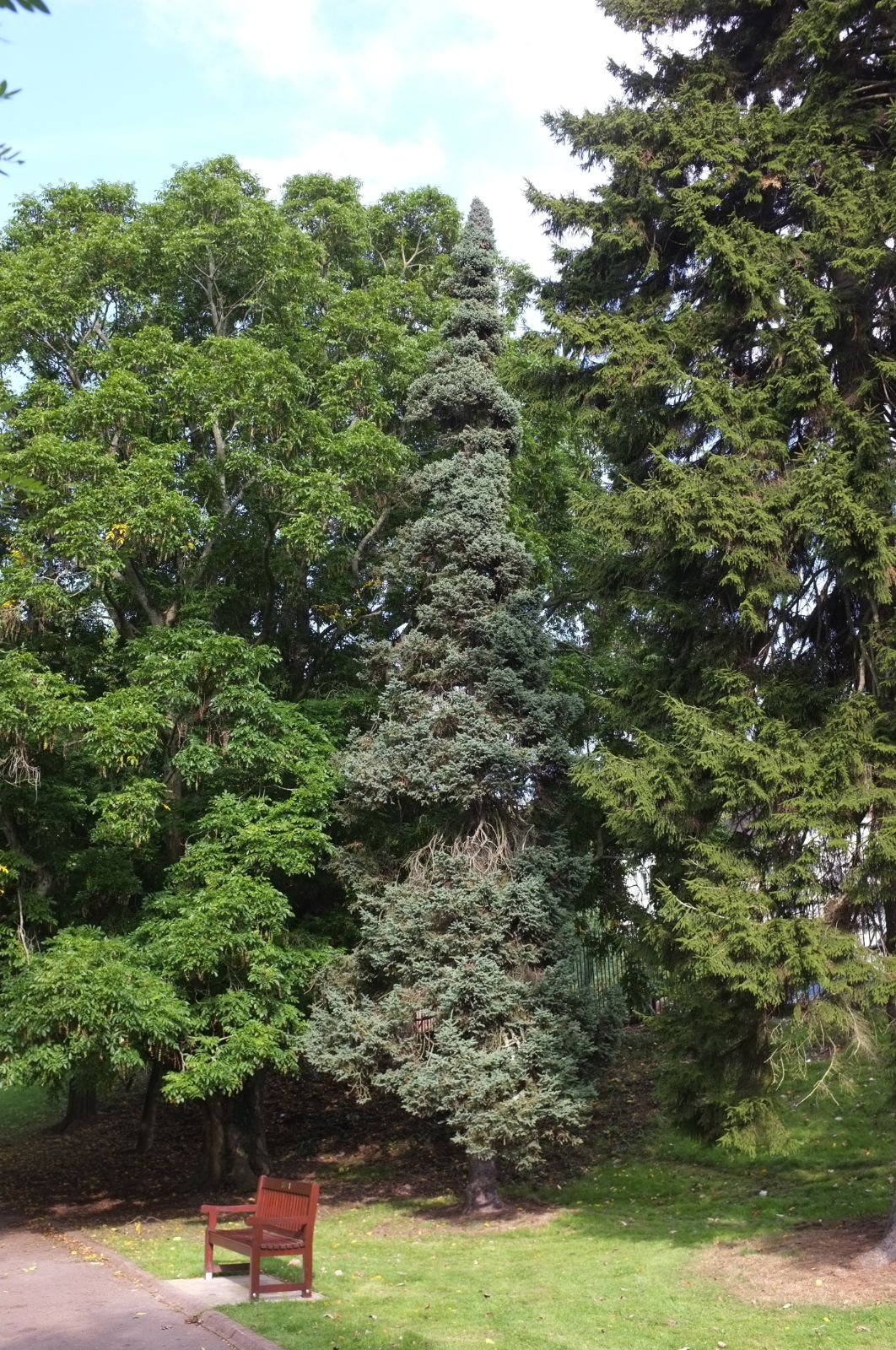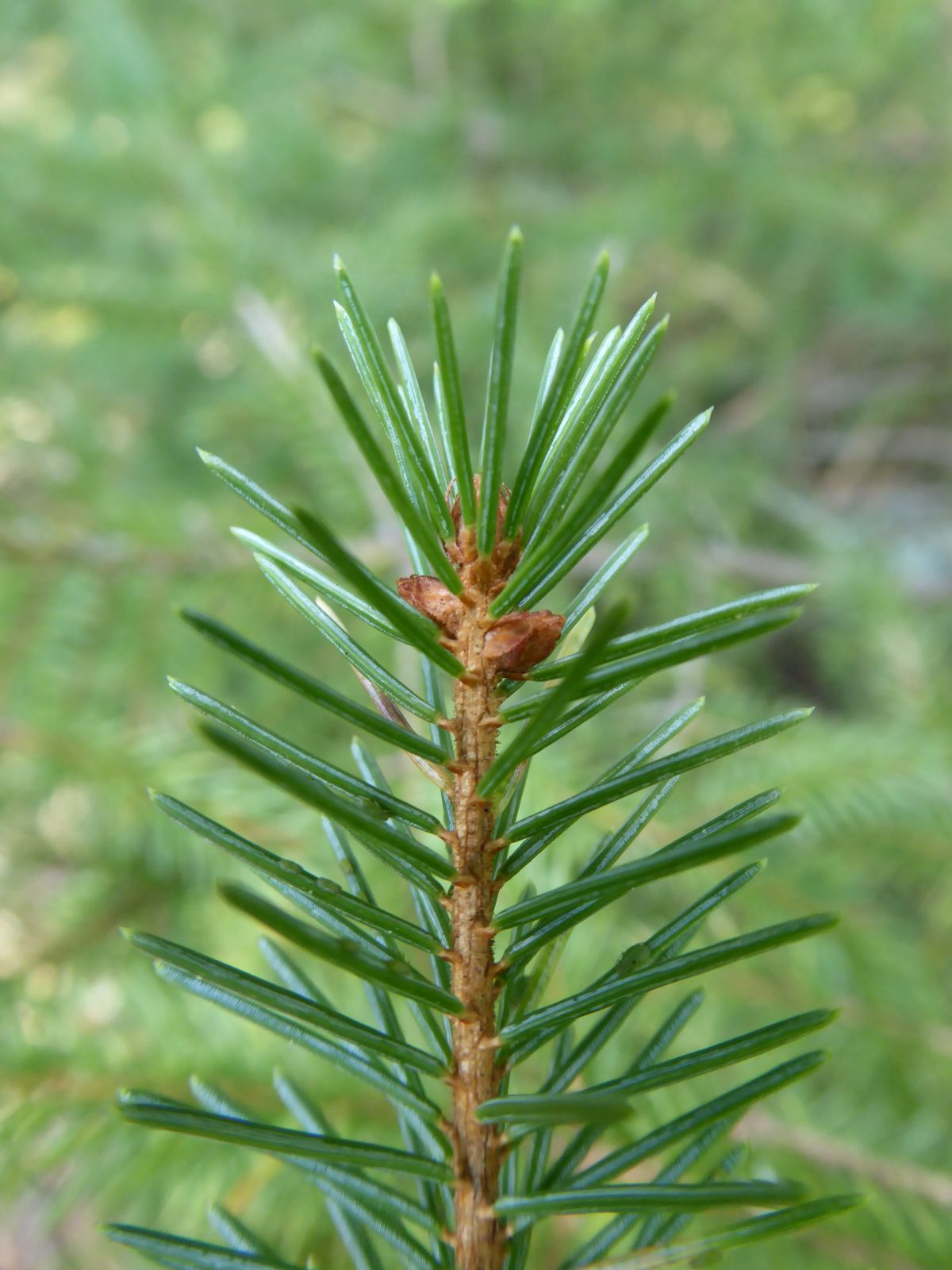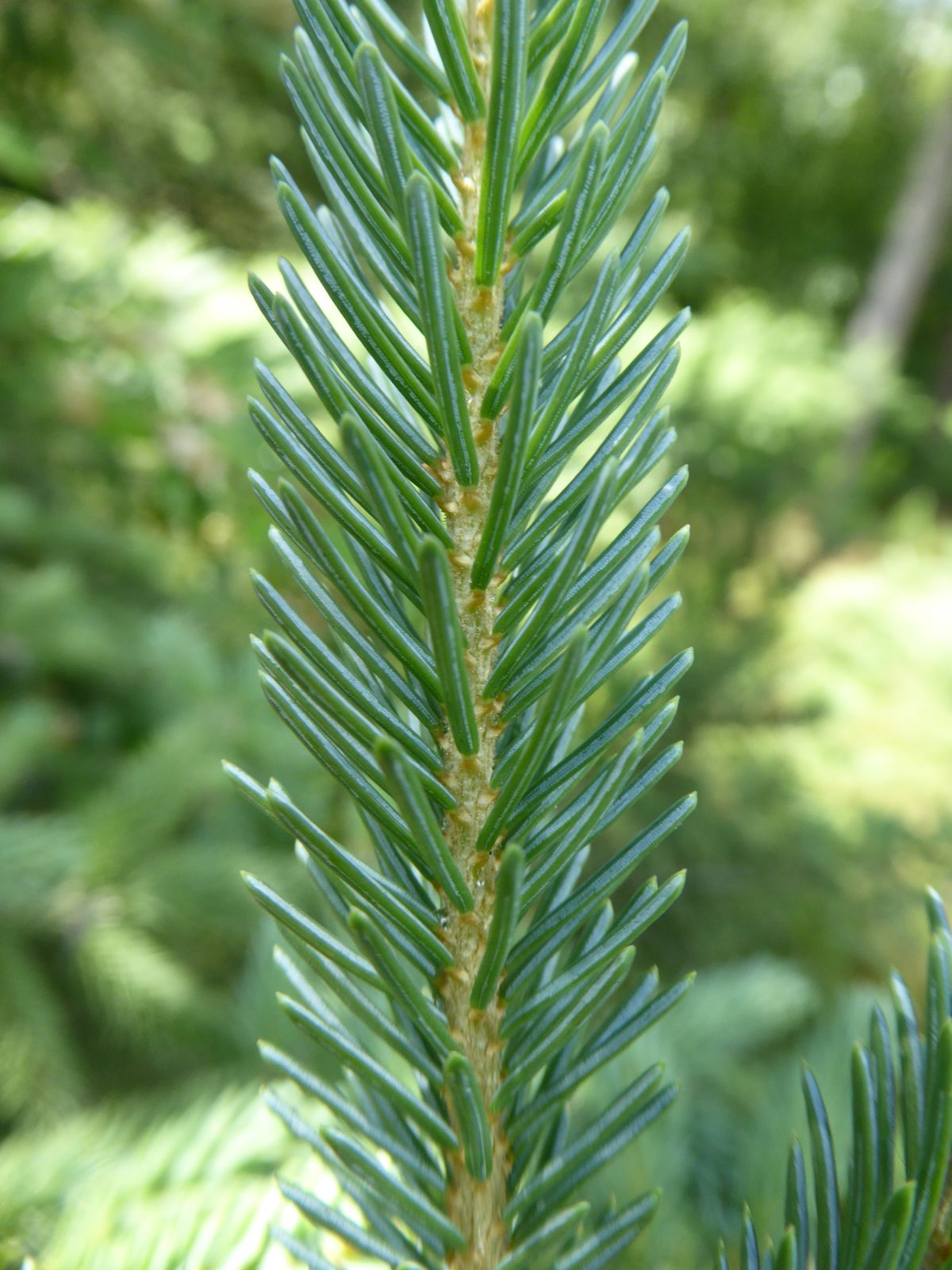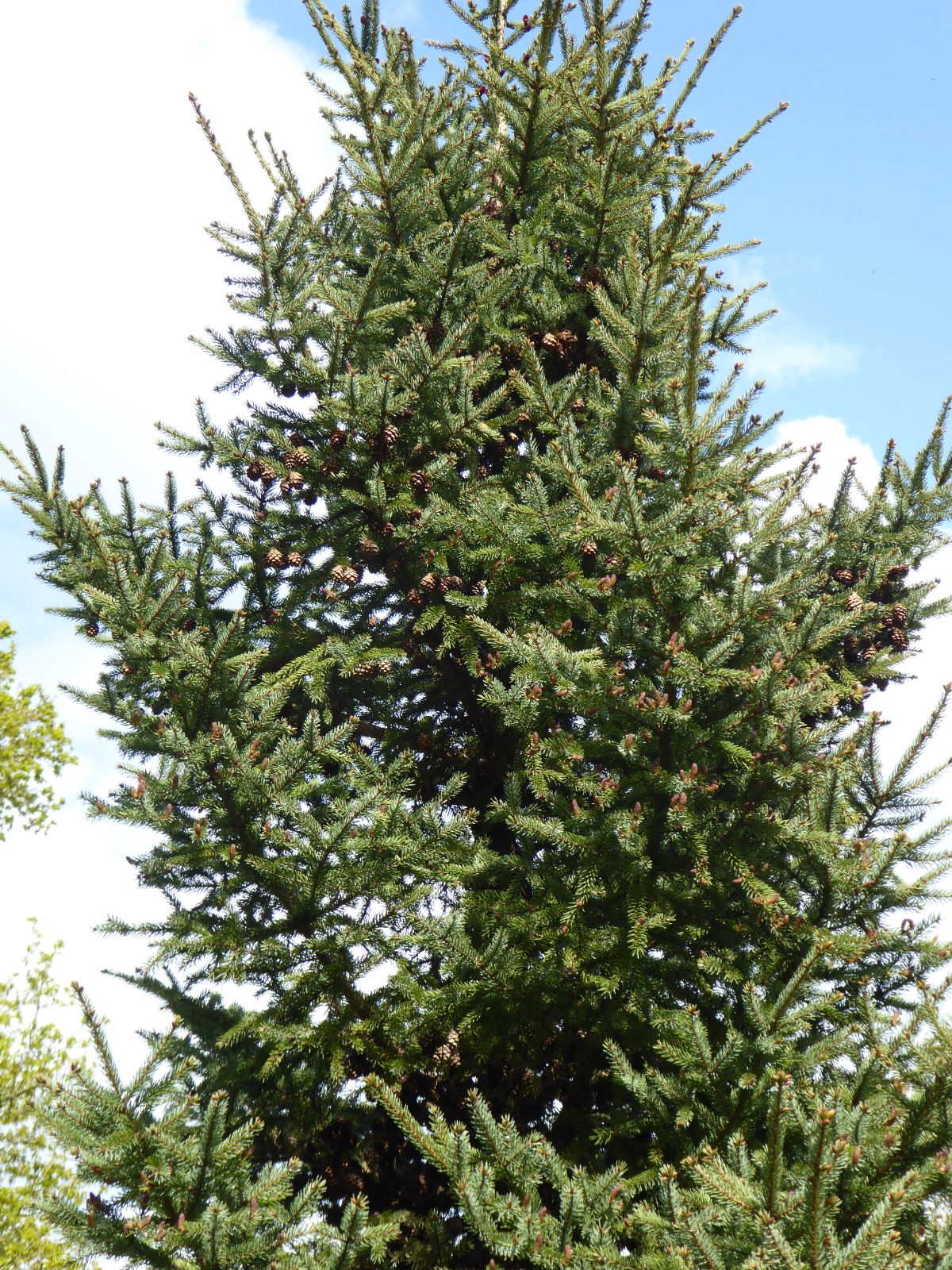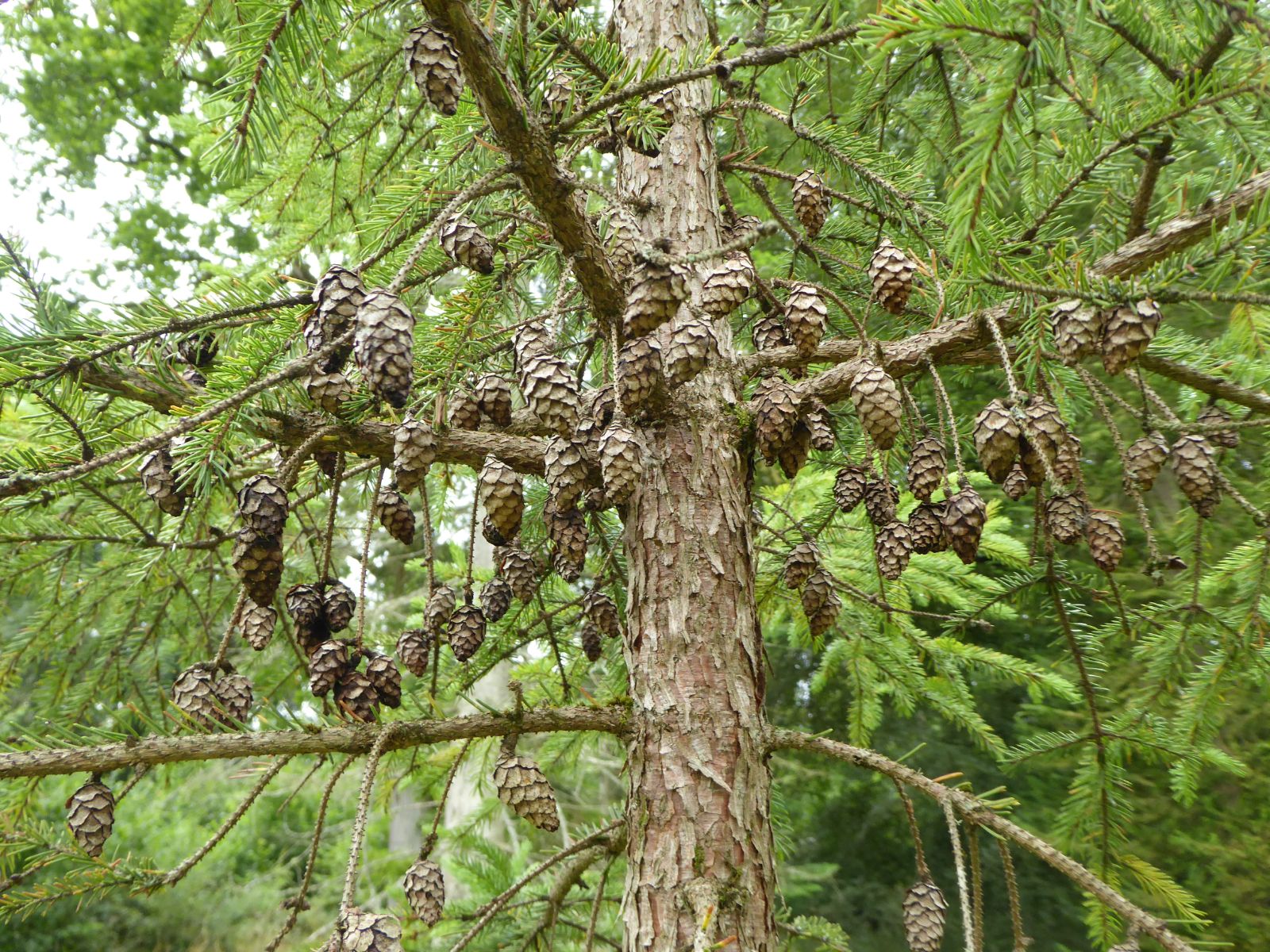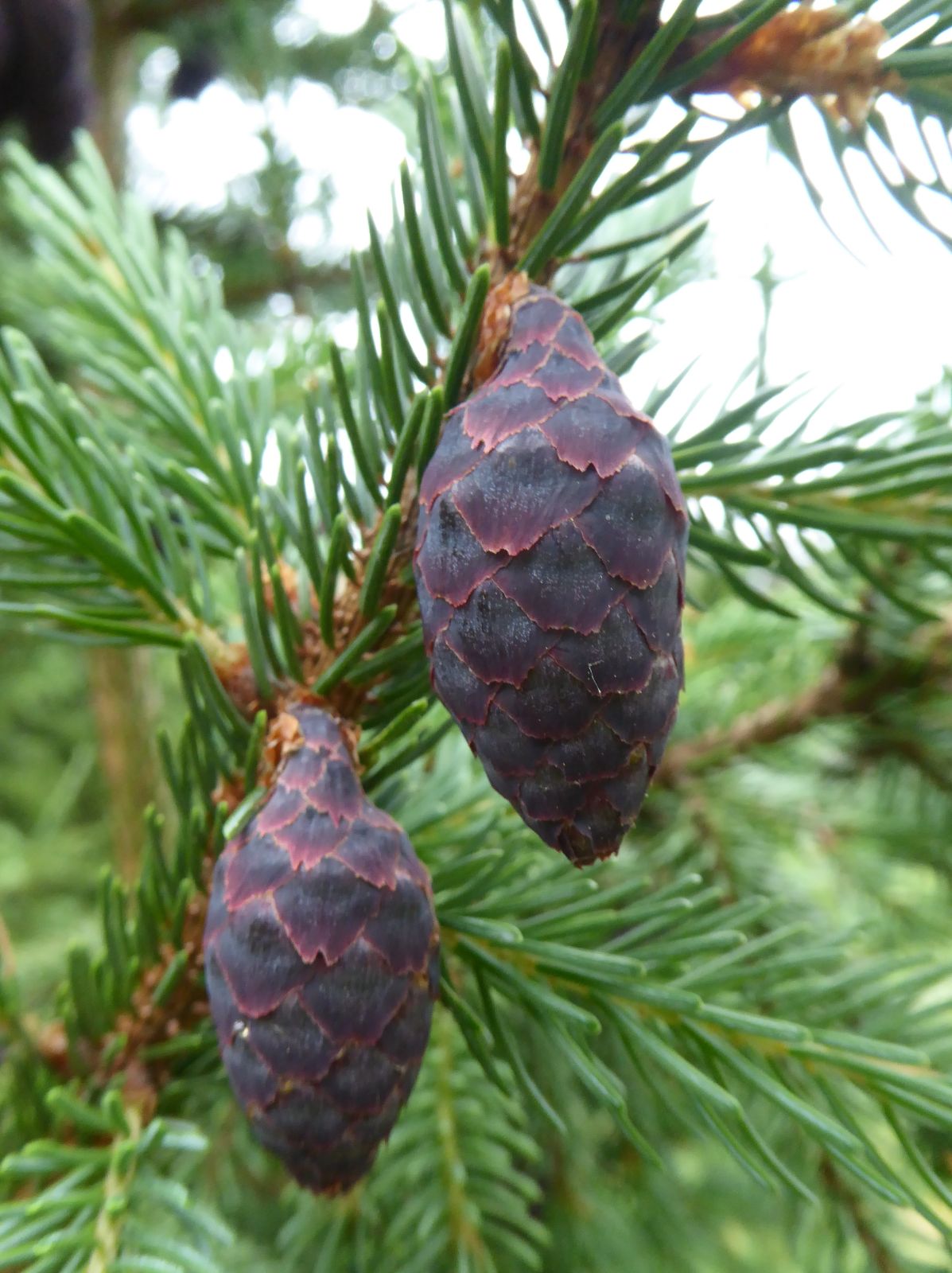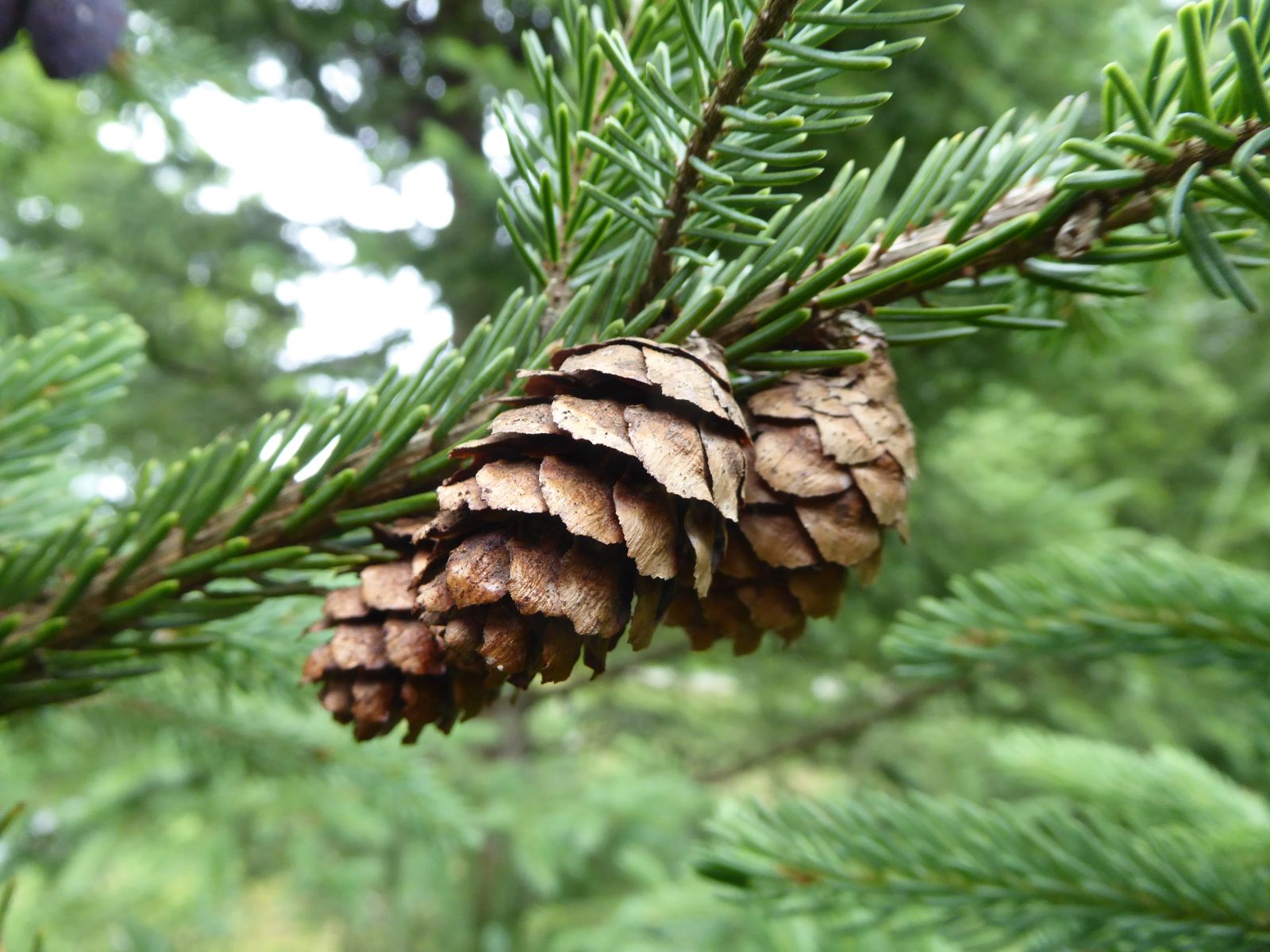Picea mariana
Sponsor
Kindly sponsored by
This genus has been sponsored and new text is being prepared.
Credits
Article from Bean's Trees and Shrubs Hardy in the British Isles
Recommended citation
'Picea mariana' from the website Trees and Shrubs Online (treesandshrubsonline.
Genus
Common Names
- Black Spruce
Synonyms
- Abies mariana Mill.
- Picea nigra (Ait.) Link
- Pinus nigra Ait.
Infraspecifics
Other taxa in genus
- Picea abies
- Picea alcoquiana
- Picea asperata
- Picea brachytyla
- Picea breweriana
- Picea chihuahuana
- Picea crassifolia
- Picea engelmannii
- Picea farreri
- Picea glauca
- Picea glehnii
- Picea jezoensis
- Picea koraiensis
- Picea koyamae
- Picea likiangensis
- Picea linzhiensis
- Picea × lutzii
- Picea martinezii
- Picea maximowiczii
- Picea meyeri
- Picea morrisonicola
- Picea obovata
- Picea omorika
- Picea orientalis
- Picea polita
- Picea pungens
- Picea retroflexa
- Picea rubens
- Picea schrenkiana
- Picea sitchensis
- Picea smithiana
- Picea spinulosa
- Picea wilsonii
A tree 20 to 30 ft (occasionally twice or thrice as) high, of close, pyramidal habit as seen in cultivation, branches densely twiggy; young shoots abundantly furnished with reddish down; terminal bud with a few downy awl-shaped scales at the base. Leaves arranged all round the twig, but thinly beneath, 1⁄4 to 5⁄8 in. long, slightly curved, quadrangular, with a bluntish, bevelled point; more or less glaucous in hue, with two to five lines of stomata on each surface. Cones egg-shaped, 3⁄4 to 11⁄4 in. long, brownish purple when young; scales rounded or somewhat bluntly triangular at the apex, and slightly jagged at the margin.
Native of N. America, where it covers an immense tract from Labrador and Alaska in the north to Virginia and Wisconsin in the south; introduced to the Fulham garden about 1700 by Bishop Compton. This is not one of the most ornamental of spruces, but is still pleasing in its dense furnishing of leaves and its large crops of rich purple young cones. It is nearly allied to P. rubens, but differs in its blue-green foliage and in the long persistence of its cones upon the branches – twenty to thirty years, according to Sargent.
Among the few specimens of the black spruce in this country are: Nymans, Sussex, 63 × 53⁄4 ft (1970), and another of about the same size; Wakehurst Place, Sussex, 53 × 4 ft (1964); Rhinefield Drive, Hants., 69 × 41⁄2 ft (1971); Caerhays Castle, Cornwall, 62 × 63⁄4 ft (1971).
From the Supplement (Vol. V)
specimens: Nymans, Sussex, 70 × 51⁄2 ft and 69 × 53⁄4 ft (1977); Rhinefield Drive, New Forest, 79 × 43⁄4 ft (1984); Endsleigh, Devon, 74 × 61⁄2 ft (1977); Caerhays, Cornwall, 62 × 63⁄4 ft (1971); Dawyck, Peebl., 66 × 41⁄2 ft (1984); Abbeyleix, Co. Laois, Eire, 69 × 53⁄4 ft (1980).
† cv. ‘Nana’. – A true dwarf, of rounded outline, with closely set, mostly radially arranged, blue-grey leaves. Considered by Humphrey Welch to be ‘one of the best conifers we have’.

